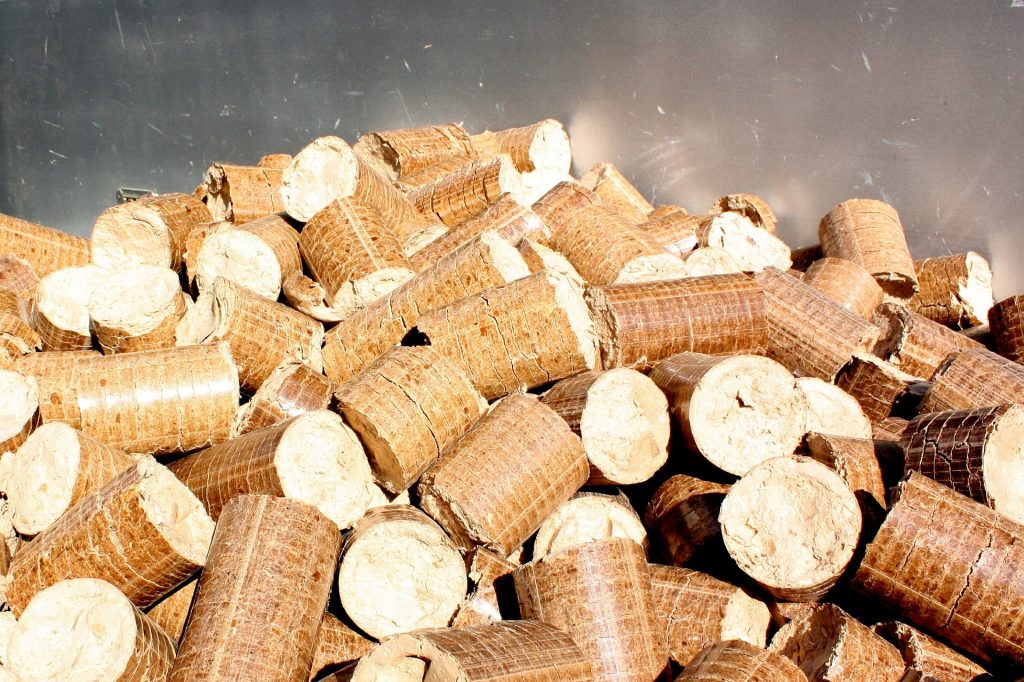- Client: Natural Resource Defence Council (NRDC)
- Implementation period: May, 2019 - September, 2019 (Completed)
- Geographic coverage: European Union
- Theme: Energy
- Topic: Energy Policy, Renewable Energy
- Experts: Matthew Smith, Tycho Smit
To what extent are EU countries subsidising the use of solid biomass for electricity and heat production ?
Bioenergy plays a large role in the European renewable energy mix. Solid biomass, e.g. firewood and wood pellets, are used on a large scale for the generation of electricity and heat, mostly in power stations and CHP plants. However, as demand for biomass increases, concerns about deforestation related to imported and domestically harvested solid (forest) biomass used for energy purposes has also grown.
The US based Natural Resource Defence Council (NRDC) is interested to find out to what extent a selected group of 15 EU Member States subsidise the use of solid biomass and for which energy uses. This study, which is led by Trinomics, will investigate the subsidy flows in the selected countries as well as the bioenergy consumption profiles in these countries. The Member States selected for this study represent over 80% of the biomass consumption (for energy purposes) in the EU. The final report with the outcomes of this project will be used by the NRDC to get involved in the political debate on the National Energy and Climate Plans, which will be updated by the Member States in the second half of this year.
An updated report has been commissioned in 2020, which complements the results of 2019, by providing an overview of the most recent developments regarding the financial support of biomass. It includes a revision for 4 EU Member States and the United Kingdom of the solid biomass subsidies up to 2019 and the renewable energy subsidies up to 2018. Further, the biomass use for energy purposes has been updated according to the latest data available.

The key findings of the project are:
- To analyse the subsidy expenditures for all selected countries for the period 2015-2018;
- To determine the share of bioenergy subsidies in overall renewable energy subsidies;
- To analyse the consumption profiles of solid bioenergy in the selected countries.
- Netherlands has shown a 10-fold increase in biomass subsidies between 2015 and 2019;
- The updated report shows considerable higher subsidies for biomass in France compared to the 2019 study, due to the revision of several subsidies.
Update: Since first publication a double counting error in the subsidy data for Denmark was detected. This has been corrected in the revised report which is available via the button above.